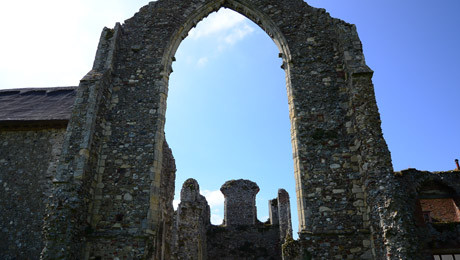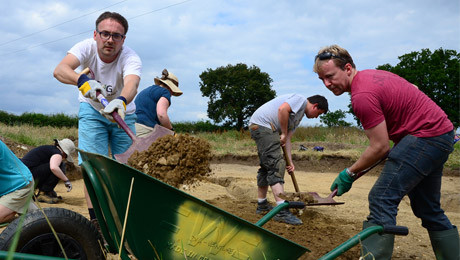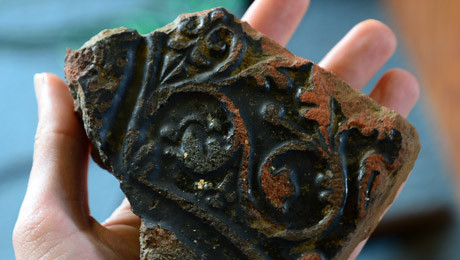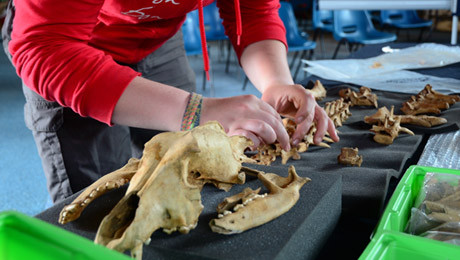If a dozen or so men living a common life of religious observance within the confines of an abbey compound sounds a bit boring, the Premonstratensians were anything but. These latecomers to the British monastic scene are often characterised as reclusive types keen to keep themselves to themselves. But was this really the case? Along with new research, our excavations suggest there’s much more to this unusual monastic order than first meets the eye.
Historical sources tell us that the first Premonstratensian community was founded in 1120 by Saint Norbert in Premontre, France, five years after a dream in which he saw white-clad figures walking in procession and carrying lights. Norbert instructed his followers to ‘fear the company of men as a fish shuns dry land’, and we know that new communities actively sought out the most remote, desolate locations in which to build their settlements. Sources also tell us that the chief function within Premonstratensian communities was the celebration of church services and, unlike other orders, they did not provide accommodation for the lay brothers within their abbey complex.
Though elements of this are almost certainly true (they did, for example, wear white instead of the habitual black), historical sources also tell us that, again unlike other monastic orders, the Premonstratensians were active teachers, preachers, doctors and corrodians (pensioners). They looked after the sick and the elderly, often caring for them in an on-site infirmary. How could they do this, so far from any community or source of income? How can we reconcile these two seemingly contradictory statements?
This is where archaeology really begins to challenge historical sources. New research is starting to suggest that far from being quiet and reclusive, the Premonstratensians were colourful, outward facing and performed a surprising role in the medieval economy.
Firstly, many British Premonstratensian abbeys are actually in very close proximity to contemporary settlements or to the estate of their lordly patron, rather than exclusively in far-flung places.
Secondly, the Premonstratensians were latecomers to the British monastic scene. As such, the good land had already been taken. Unlike other orders, they couldn’t rely on large donations of high-quality agricultural land. Instead, evidence from a forthcoming study suggests that the Premonstratensians turned to industry, and heavy industry at that: silver smithing, coal mining, cloth weaving, tile making – and even counterfeiting – for their survival. Clearly, the Premonstratensians were not your typical monastic community.
So what can excavations at Leiston Abbey tell us about the true character of Leiston’s Premonstratensian community? Were they reclusive types who kept themselves to themselves? Or were they go-getting entrepreneurs who turned to the land and the community for survival? Were they, perhaps, a bit of both – orderly in the inner precinct, revolutionary in the outer? Perhaps they started off as the former at Minsmere and became the latter as they adapted to their newfound circumstances at Leiston? And where did they fit in to the incipient industrial revolution?
That is all part of what we’re hoping to find out.





